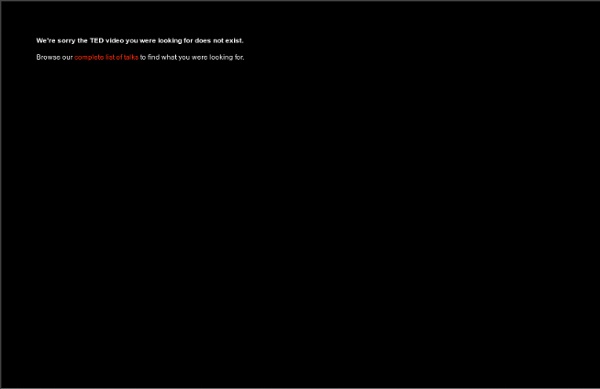



Business Innovation Speaker, Author and Consultant: Stephen Shapiro Busting an iPhone thief Monday - The Setup The whole thing started when my plane landed in Los Angeles on Monday afternoon at 2:55pm coming from Cabo San Lucas. The guy sitting next to me on the plane asked me to loan him a pen so that he could fill out his customs form. I watched him fill out the form and clearly remember his birth year of 1984, but am a bit unsure about his name. I think it was -----, but in this story, we will refer to him as Pinche. How It Was Lost As we were about to disembark from the plane, I sent my friend Ramiro a text saying that I will be out of customs in about 30 minutes. Faceoff In customs, I skipped passed the line and found Pinche. Tracking the iPhone When I got to my office, I pulled up the MobileMe site and used the Find My Phone feature. Why did I assume this? Now I was beginning to get suspicious. Tuesday - Faced with Defeat The next day, I tracked the phone again, and it was traveling on the 99 freeway at exit 255 in Stockton! Wednesday - It's All Over The (323) Number Silence.
La diffusion d’une innovation D’après les théories relatives à l’innovation, une innovation se diffuse dans la société en suivant un processus qui touche différentes catégorie de consommateurs, des plus enthousiastes jusqu’aux plus réticents face à la technologie. E.M. Rogers a modélisé ce processus par une courbe de diffusion (dite courbe en S ou courbe en cloche) en y associant les différents profils de consommateurs correspondant aux différentes phases du processus d’adoption. Ainsi, plusieurs facteurs conditionnent la rapidité d’adoption par les consommateurs et de diffusion de l’innovation dans la société. les facteurs endogènes à l’innovation (qui résultent des caractéristiques intrinsèques du produit ou de la technologie),les facteurs exogènes à l’innovation (qui résultent de l’environnement dans lequel est introduit le produit ou la technologie). Le modèle de diffusion d’une innovation Les facteurs endogènes qui facilitent l’adoption Les facteurs exogènes qui créent un contexte favorable Références : Everett M.
The Dangers Of Externalizing Knowledge Contemplating the shortcomings of the younger generation has ever been a hobby of the elder. As I start to transition to the latter population (perhaps a bit early for my age), I’ve found myself worrying more and more about the kids, and how little they seem to appreciate things. That kind of complaint is neither constructive or original. But the fact is that the kids are growing up pretty weird these days, because of the way technology has outpaced our institutions of learning and standards of knowledge. The short attention span and reliance on non-text media are to be expected in an age where attention is indulged by on-demand information, and the effects of these things will continue to be written about, rightly and wrongly. It’s a process that has been going on for a long time, but that recent developments may push to the breaking point. Externalization The fact that virtually all of the world’s knowledge is only a few taps away is truly mind-blowing. Internalization Volition
GTD in 15 minutes – A Pragmatic Guide to Getting Things Done GTD—or “Getting things done”—is a framework for organizing and tracking your tasks and projects. Its aim is a bit higher than just “getting things done”, though. (It should have been called “Getting things done in a much better way than just letting things happen, which often turns out not to be very cool at all”.) Its aim is to make you have 100% trust in a system for collecting tasks, ideas, and projects—both vague things like “invent greatest thing ever” and concrete things like “call Ada 25 August to discuss cheesecake recipe”. Sound like all other run-of-the-mill to-do list systems, you say? One of the basic assumptions of GTD is that you are dumb—or, rather, that your subconsciousness is quite dumb when it comes to thinking about things you should have done. Jessica Kerr put it perfectly: Pretend your brain is a white board. A great part of the “magic” is to convert both tasks and whims into physical and visible actions as you soon will see. Awesome! Agenda contexts But… why‽
The money, job, marriage myth: are you happy yet? | Books There are countless stories about how we ought to live our lives. We are expected to be ambitious; to want to be wealthy, successful and well educated; to get married, be monogamous and have kids. These social narratives can make our lives easier, by providing guidelines for behaviour, and they might sometimes make us happier, too. Since we’re talking about stories, let’s start with an experience of mine. Ordinarily, I would embrace being a hero of any kind but, in this context, I was made to feel like an arsehole. But I digress. This social narrative and others like it have withstood generations of change. His behaviour and his reaction to me demonstrate just one way in which these stories can harm us and the people around us. The stories around wealth and success, in particular, are social narratives that we can’t seem to get enough of. If you are not struggling to make ends meet, I propose that you rein in the social narrative that encourages you to endlessly pursue more money.